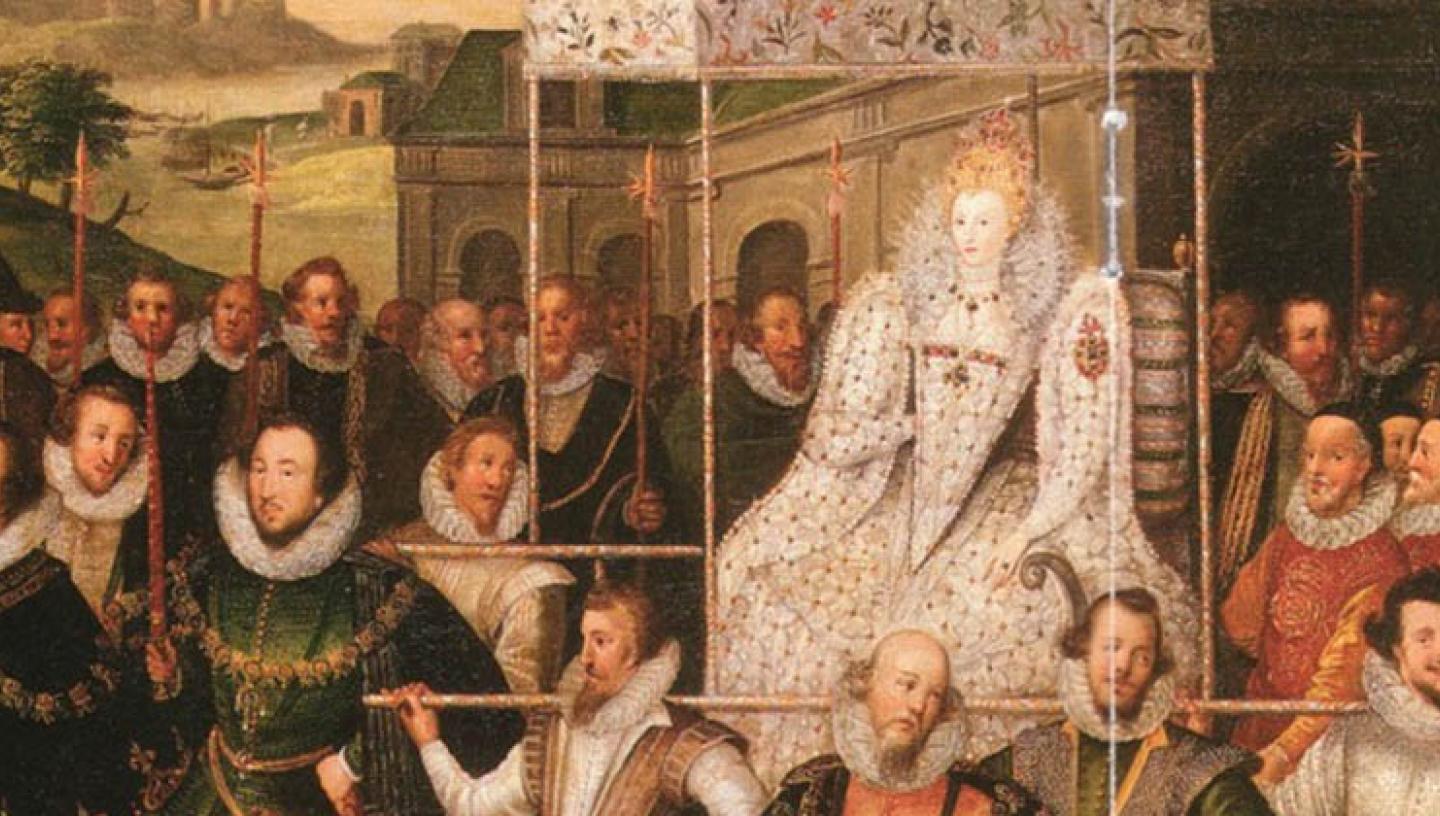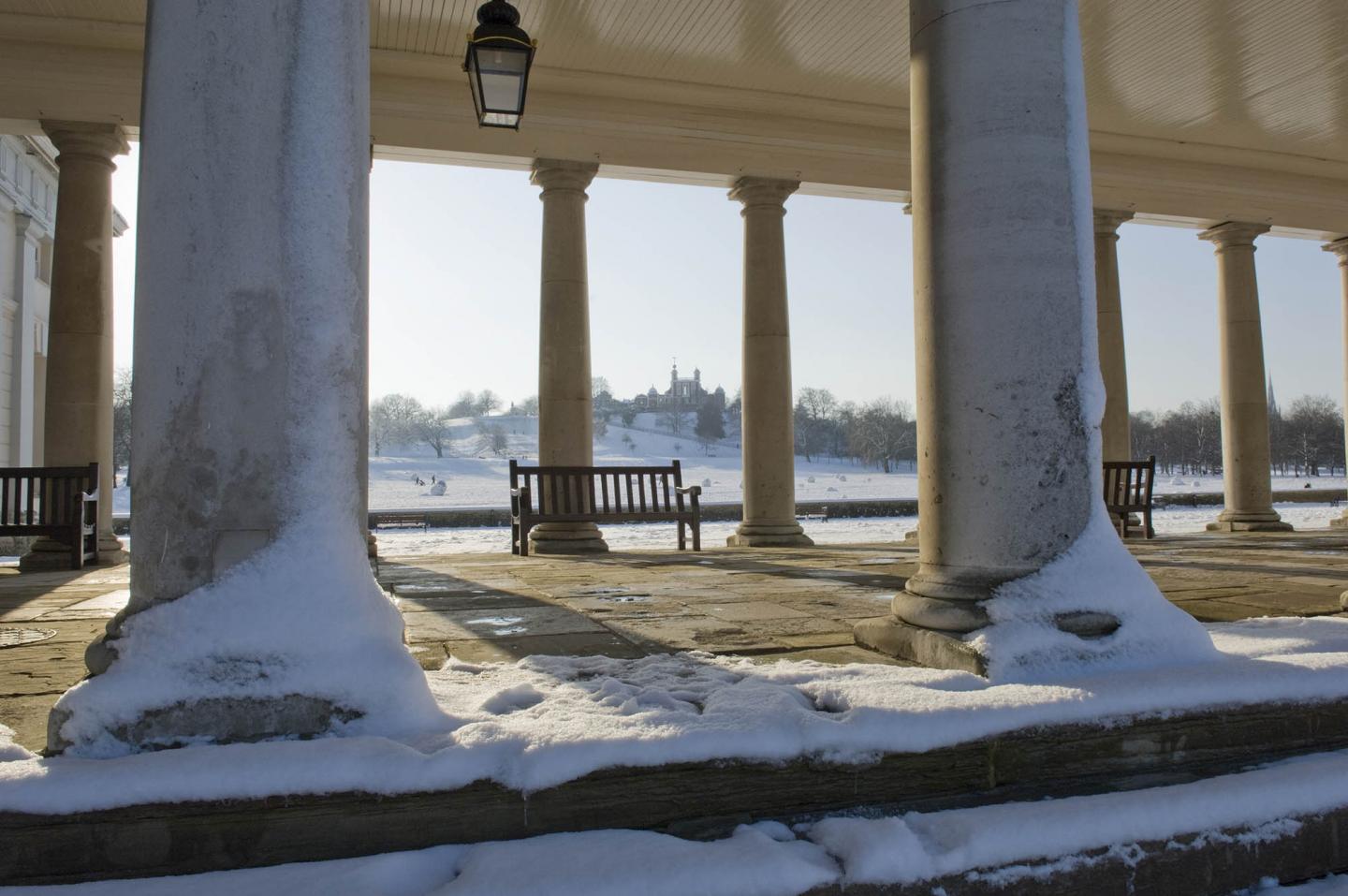
11 Dec 2017
Elizabeth I gave Shakespeare’s players a logistical nightmare when she double booked them during the busy festive season. But what really happened?
On 28 December 1594, the Lord Chamberlain’s Men – Shakespeare’s players - were booked to perform for the young lawyers of Gray’s Inn during their annual Christmas festivities. It was to be a performance of Shakespeare’s newly-written play, A Comedy of Errors.
We don’t know exactly what went on, but records show that this night didn’t go to plan – it was known thereafter as ‘the night of errors’.

Double booked
The festive period was a time of elaborate entertainment for Elizabeth I who was holding court at Greenwich that year. She had her own plans for the night of Holy Innocents’ Day (28th) and also requested Shakespeare’s men to perform for her.
An invitation from the Queen would have been difficult to refuse, prior booking or no. She enjoyed theatre and had enlisted two troupes to perform for her that evening. Accounts for the 1594-1595 Christmas season include payments to Edward Alleyn of the Lord Admiral’s players, and to William Kempe, William Shakespeare, and Richard Burbage of the Lord Chamberlain’s players.
Unfortunately for the audience at Gray’s Inn, the whole evening’s entertainment was disrupted and the players didn’t take the temporary stage at the time announced.
However, records suggest that the players did manage to return from Greenwich by boat to perform later in London. By the time arrived it was gone midnight and the stage had been dismantled.
Shakespeare and monarchy
Shakespeare’s company went on to have a close relationship with James I, Elizabeth’s heir. Upon James’ accession they became The King’s Men, and we know that Shakespeare’s company performed for James and his court on a number of occasions.
James’ queen, Anne of Denmark, was a noted patron of the arts and the person who had the Queen’s House built. Shakespeare died before the Queen’s House was completed, but his spirit lingers here in royal Greenwich, a centre for art and culture throughout the centuries.